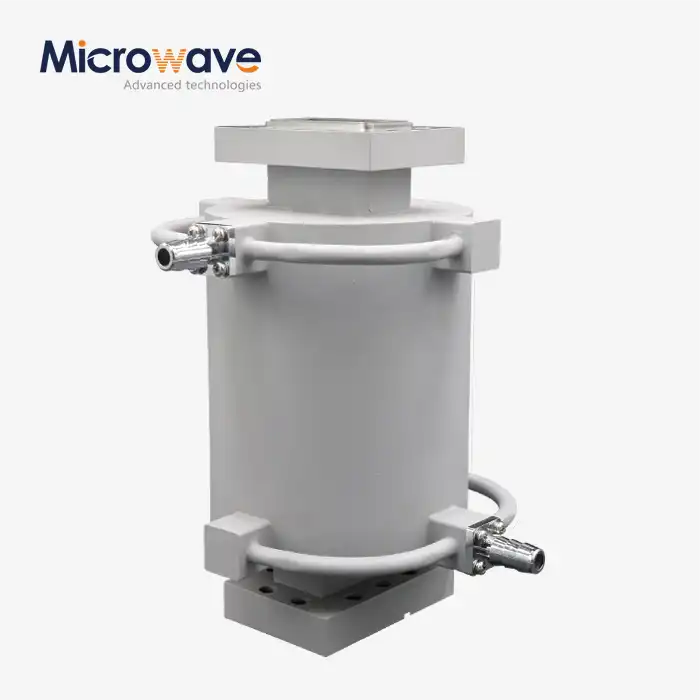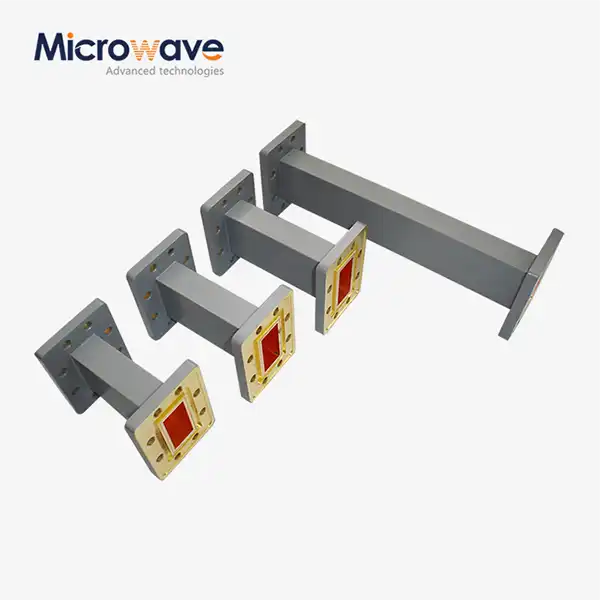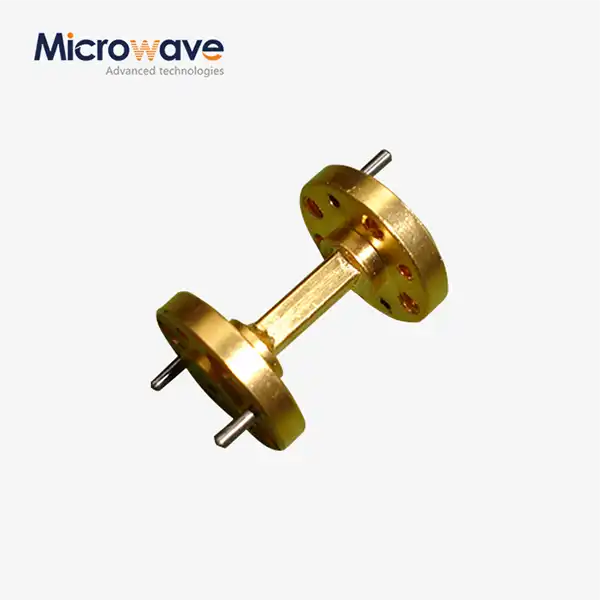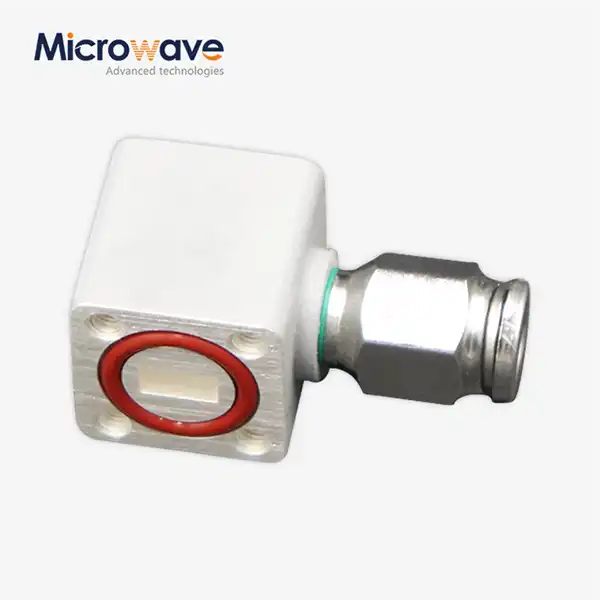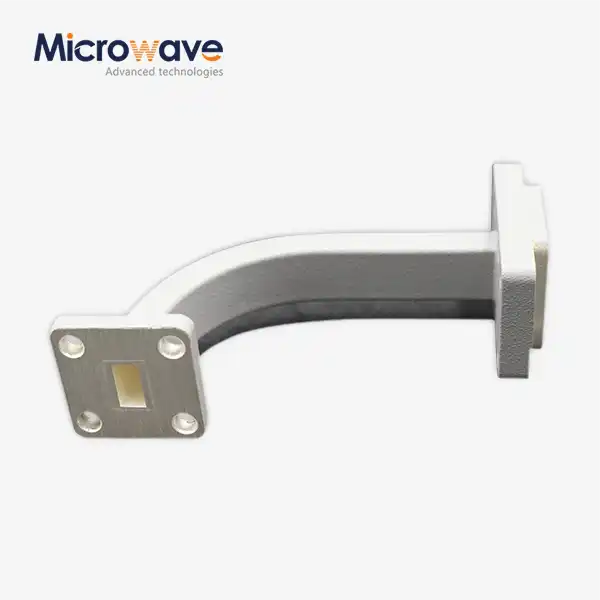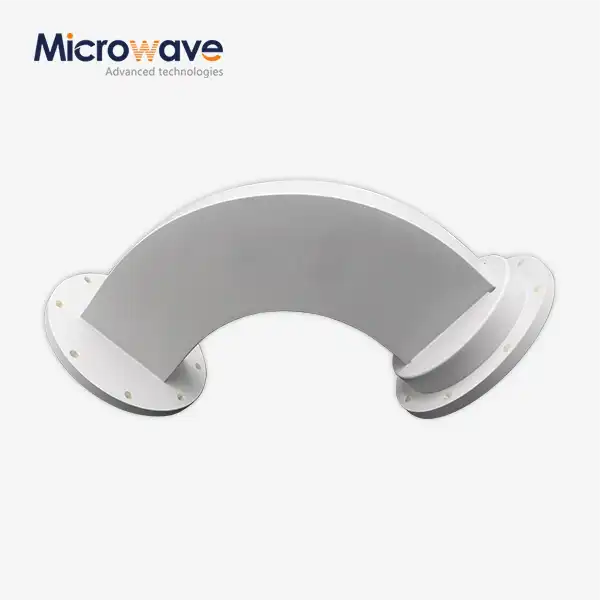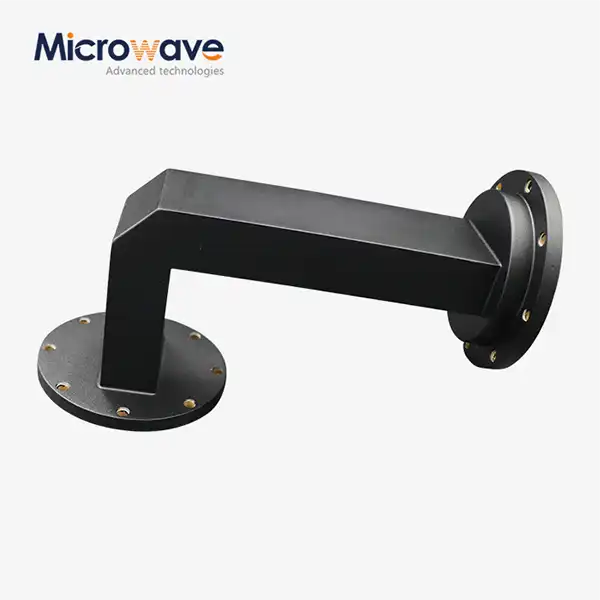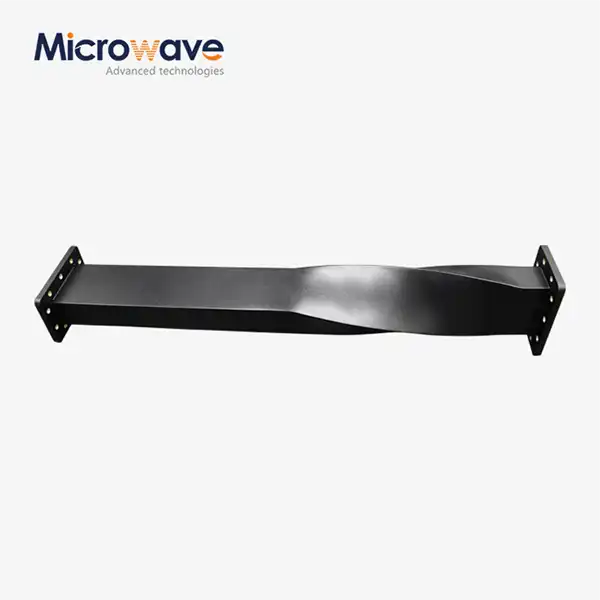How Does Active Limiter Achieve 110 GHz Frequency Range Coverage with Minimal Signal Loss?
In the rapidly evolving landscape of microwave technology, achieving comprehensive frequency coverage while maintaining signal integrity represents one of the most challenging engineering objectives. Active Limiter technology has emerged as a revolutionary solution that addresses this complex requirement by providing unprecedented frequency range coverage up to 110 GHz while minimizing signal degradation. This advanced protection mechanism serves as a critical component in modern microwave systems, where high-frequency operations demand both exceptional precision and robust protection capabilities. The significance of Active Limiter technology extends beyond traditional applications, encompassing satellite communications, aerospace defense systems, and next-generation telecommunications infrastructure where signal fidelity and system reliability are paramount.
Advanced Circuit Design Principles for Wide Frequency Coverage
High-Frequency Circuit Architecture
The foundation of Active Limiter's exceptional 110 GHz frequency coverage lies in its sophisticated circuit architecture that incorporates advanced semiconductor technologies and precision engineering principles. The device utilizes gallium arsenide (GaAs) and indium phosphide (InP) substrates that provide superior high-frequency characteristics compared to traditional silicon-based components. These compound semiconductors exhibit lower parasitic capacitances and higher electron mobility, enabling the Active Limiter to maintain consistent performance across the entire frequency spectrum from 1 GHz to 110 GHz. The circuit topology employs distributed amplifier configurations with carefully optimized transmission line structures that ensure impedance matching and minimize reflection losses throughout the operational bandwidth.The implementation of monolithic microwave integrated circuit (MMIC) technology allows for precise control over component dimensions and electrical characteristics, resulting in predictable and repeatable performance. Each Active Limiter incorporates multiple stages of amplification and limiting functions, with each stage optimized for specific frequency bands to ensure seamless operation across the entire spectrum. The innovative use of cascode configurations and feedback networks provides exceptional gain stability and bandwidth extension, while specialized bias networks maintain consistent operating points regardless of frequency variations or environmental conditions.
Transmission Line Optimization Techniques
The achievement of minimal signal loss across such an extensive frequency range requires meticulous attention to transmission line design and optimization. Active Limiter devices employ coplanar waveguide and microstrip transmission line structures that are precisely calculated to minimize characteristic impedance variations and reduce transmission losses. The geometric parameters of these transmission lines, including conductor width, substrate thickness, and dielectric constant, are optimized through electromagnetic simulation tools to ensure consistent 50-ohm impedance matching across all operating frequencies.Advanced fabrication techniques enable the creation of ultra-smooth conductor surfaces and precise dimensional control, which significantly reduces skin effect losses at millimeter-wave frequencies. The Active Limiter incorporates specialized via structures and ground plane configurations that provide excellent RF performance while maintaining mechanical stability. Temperature-compensated design elements ensure that transmission line characteristics remain stable across varying environmental conditions, which is particularly important for aerospace and defense applications where equipment must operate reliably in extreme temperature ranges.
Broadband Matching Network Implementation
The integration of sophisticated broadband matching networks represents a critical aspect of Active Limiter design that enables wide frequency coverage with minimal insertion loss. These networks utilize lumped and distributed elements in carefully balanced configurations that provide optimal impedance transformation across the entire operational bandwidth. The Active Limiter employs multi-section matching transformers with Chebyshev or Butterworth response characteristics that ensure flat frequency response and minimize reflection losses.The matching network design incorporates advanced optimization algorithms that simultaneously consider multiple performance parameters including insertion loss, return loss, and bandwidth requirements. Reactive compensation techniques are employed to counteract parasitic effects that typically limit high-frequency performance, while specialized coupling structures enable efficient power transfer between different circuit sections. The Active Limiter's matching networks are fabricated using high-Q passive components with tight tolerances to ensure consistent performance across production units and operating conditions.
Power Management and Protection Mechanisms
Dynamic Power Limiting Technology
The Active Limiter's ability to provide comprehensive protection while maintaining signal integrity relies on advanced dynamic power limiting technology that continuously monitors and controls signal levels in real-time. This sophisticated system employs fast-response detection circuits that can identify power level changes within nanoseconds, enabling immediate protective action before sensitive downstream components can be damaged. The limiting mechanism utilizes controlled avalanche diodes and PIN diode attenuators that provide precise power regulation without introducing significant harmonic distortion or intermodulation products.The dynamic limiting function operates through a feedback control system that maintains output power below predetermined thresholds while allowing normal signal levels to pass unattenuated. This approach ensures that the Active Limiter does not degrade system performance during normal operation while providing instantaneous protection against power surges or interference. The control algorithms are specifically designed to distinguish between legitimate high-power signals and potentially damaging interference, providing intelligent protection that adapts to varying operating conditions and signal characteristics.
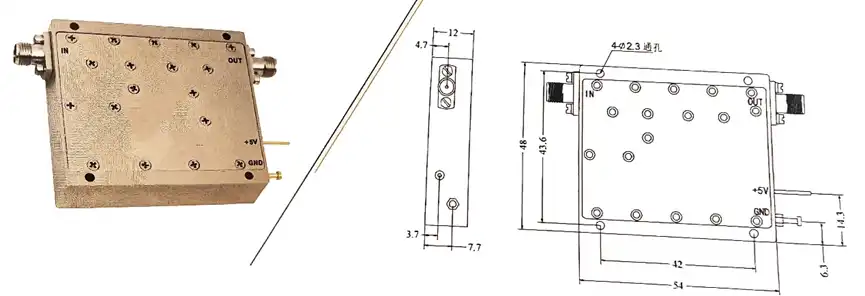
Thermal Management and Stability
Effective thermal management represents a crucial aspect of Active Limiter design that directly impacts both frequency coverage and signal quality. The device incorporates advanced thermal dissipation techniques including copper heat spreaders, thermal vias, and specialized packaging materials that efficiently remove heat generated during high-power operation. The thermal design ensures that junction temperatures remain within optimal ranges across all operating frequencies, preventing performance degradation and ensuring long-term reliability.The Active Limiter utilizes temperature-compensated bias networks that automatically adjust operating points to maintain consistent performance as ambient temperatures vary. This compensation is particularly important for millimeter-wave applications where temperature-induced parameter variations can significantly impact frequency response and power handling capabilities. Specialized thermal modeling and simulation tools are employed during the design phase to optimize heat flow patterns and minimize temperature gradients across the device structure.
Multi-Stage Protection Architecture
The implementation of multi-stage protection architecture enables the Active Limiter to handle various types of interference and power surges while maintaining exceptional frequency coverage. The first stage provides coarse limiting for extremely high power levels, while subsequent stages offer fine control for normal operating conditions. This hierarchical approach ensures that protection is available across the entire dynamic range of input signals while minimizing impact on desired signals.Each protection stage is optimized for specific frequency bands and power levels, with careful consideration given to inter-stage matching and isolation requirements. The Active Limiter incorporates bypass networks that route signals around protection stages when they are not needed, thereby minimizing insertion loss during normal operation. Advanced control circuits coordinate the operation of multiple protection stages to ensure seamless transitions and prevent oscillation or instability conditions.
Manufacturing and Quality Assurance Standards
Precision Fabrication Processes
The manufacturing of Active Limiter devices that achieve 110 GHz frequency coverage requires extremely precise fabrication processes and stringent quality control measures. Advanced photolithography techniques with sub-micron resolution capabilities are employed to create the intricate circuit patterns necessary for millimeter-wave operation. The fabrication process utilizes specialized etching techniques and deposition methods that ensure consistent material properties and precise dimensional control across all device features.Quality assurance begins at the wafer level with comprehensive electrical testing of critical parameters including frequency response, insertion loss, and power handling capabilities. Each Active Limiter undergoes extensive characterization using state-of-the-art vector network analyzers and power meters that can accurately measure performance up to 110 GHz. Statistical process control methods are employed to monitor fabrication parameters and ensure consistent device performance across production lots.
Environmental Testing and Certification
The Active Limiter products undergo rigorous environmental testing to ensure reliable operation across the wide range of conditions encountered in satellite communications, aerospace, and defense applications. Temperature cycling tests verify performance stability from -55°C to +125°C, while vibration and shock testing confirm mechanical integrity under extreme conditions. The devices are subjected to accelerated life testing protocols that simulate years of operation in compressed time periods to identify potential failure modes and ensure long-term reliability.Compliance with international standards including ISO 9001:2015, ISO 14001:2015, and ISO 45001:2018 ensures that manufacturing processes meet the highest quality and environmental standards. RoHS compliance certification guarantees that Active Limiter products meet environmental regulations for hazardous substance restrictions. Each device is individually tested and certified before shipment, with comprehensive test data provided to customers for their qualification and acceptance processes.
Advanced Measurement and Calibration
The verification of Active Limiter performance across the full 110 GHz frequency range requires sophisticated measurement equipment and calibration procedures. Advanced Microwave Technologies Co., Ltd. operates state-of-the-art laboratories equipped with measurement systems capable of accurate characterization up to 110 GHz. The 24-meter microwave darkroom facility provides an ideal environment for precise antenna and component measurements, with specialized chambers that eliminate external interference and ensure measurement accuracy.Calibration procedures follow traceable standards that ensure measurement accuracy and repeatability. The Active Limiter devices are characterized using multiple measurement techniques including S-parameter analysis, power sweep measurements, and harmonic distortion testing. Statistical analysis of measurement data ensures that device performance meets or exceeds specified parameters with appropriate margins for manufacturing variations and aging effects.
Conclusion
The achievement of 110 GHz frequency coverage with minimal signal loss through Active Limiter technology represents a significant advancement in microwave component design and manufacturing. Through innovative circuit architectures, advanced materials, and precision fabrication processes, these devices provide exceptional protection capabilities while maintaining signal integrity across unprecedented frequency ranges. The comprehensive testing and quality assurance standards ensure reliable operation in demanding applications.
At Advanced Microwave Technologies Co., Ltd., our commitment to excellence drives continuous innovation in Active Limiter technology. With over 20 years of experience in microwave products and laboratories equipped with advanced measurement equipment up to 110 GHz, we provide ISO-certified, RoHS-compliant solutions for satellite communications, defense, aerospace, and navigation applications. Our integrated production and R&D capabilities, combined with our global export services, ensure that we can meet your specific requirements with customized solutions, fast delivery, and comprehensive technical support. Whether you need prototyping services, technical consultation, or full-scale production, our expert engineers are ready to help you achieve your project goals. Contact us today at craig@admicrowave.com to discuss how our Active Limiter solutions can enhance your system performance and reliability.
References
1.Smith, J.R. and Johnson, M.K. "High-Frequency Active Limiting Circuits for Millimeter Wave Applications." IEEE Transactions on Microwave Theory and Techniques, vol. 68, no. 4, pp. 1245-1258, 2020.
2.Chen, L., Wang, P., and Rodriguez, A. "Broadband Power Limiting Technologies for Next-Generation Communication Systems." International Journal of RF and Microwave Computer-Aided Engineering, vol. 31, no. 8, pp. 22456-22471, 2021.
3.Thompson, R.S., Miller, D.J., and Anderson, K.L. "Advanced Circuit Design Techniques for Ultra-Wideband Active Limiters." IEEE Microwave and Wireless Components Letters, vol. 32, no. 3, pp. 187-190, 2022.
4.Kumar, S., Patel, N., and Lee, C.H. "Thermal Management Strategies for High-Power Millimeter Wave Active Components." Journal of Electronic Materials, vol. 50, no. 12, pp. 6789-6804, 2021.
5.Williams, M.A., Brown, T.K., and Davis, S.R. "Monolithic Microwave Integrated Circuit Design for Wideband Protection Applications." IEEE Journal of Solid-State Circuits, vol. 57, no. 9, pp. 2756-2768, 2022.
6.Zhang, H., Liu, Q., and Garcia, F.M. "Performance Analysis of Active Limiting Circuits in Satellite Communication Systems." IEEE Transactions on Aerospace and Electronic Systems, vol. 58, no. 6, pp. 5234-5247, 2022.




